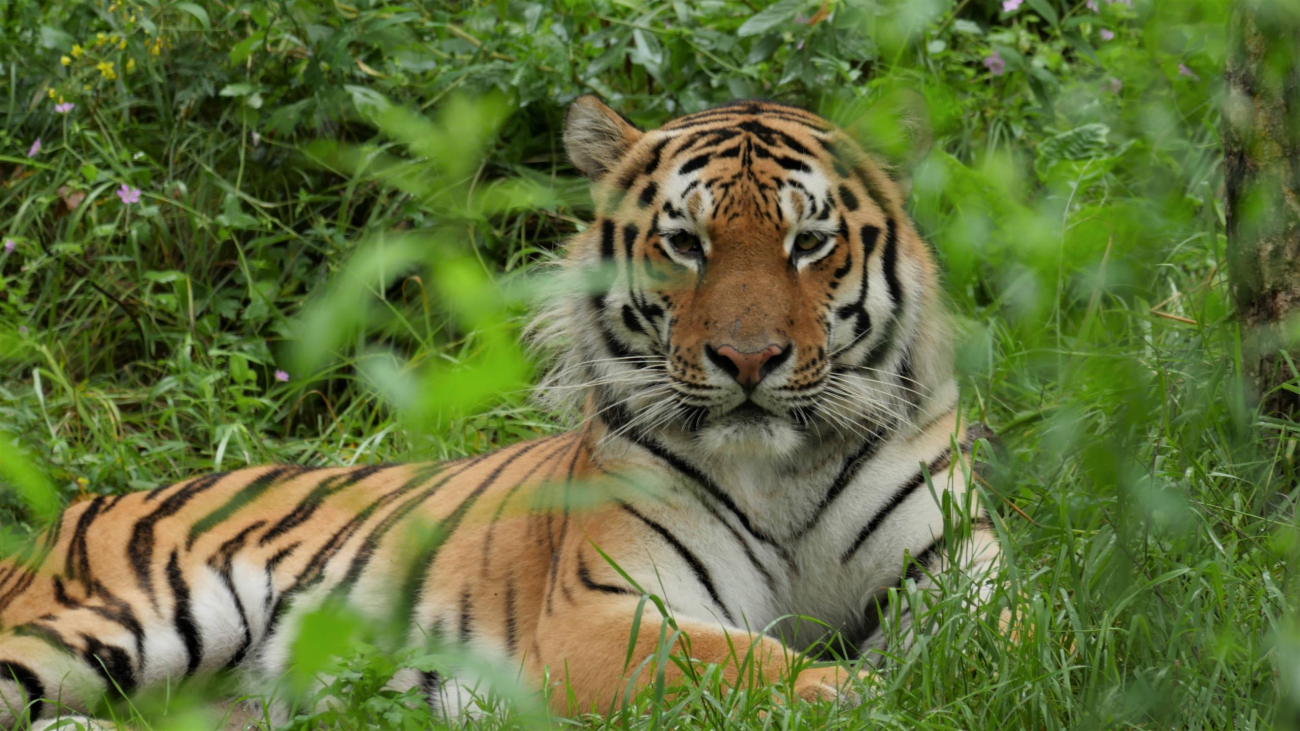
Rosneft environmentalists have developed a standard corporate program for biodiversity conservation in all regions where the Company operates. The document was developed based on years of experience in biodiversity conservation research and projects, as well as a wealth of scientific data obtained during numerous environmental expeditions.
Experts from the A.N. Severtsov Institute of Ecology and Evolution of the Russian Academy of Sciences, Rosneft's Arctic Research Center, and the Company's research institute in Tyumen participated in the research.
The program is the result of extensive work, which resulted in the compilation of a prioritized and comprehensive list of significant biological indicator species: marine and terrestrial mammals, birds, amphibians and reptiles, fish, terrestrial invertebrates, zoo- and phytoplankton, and terrestrial plants. The document contains a full description of each bioindicator species.
While developing the program, environmentalists compiled inventories of specially protected natural areas in Russia that correspond to Category 1a "Strict Nature Reserve" and Category 1b "Wilderness Area" according to the International Union for Conservation of Nature (IUCN). These natural sites have high ecological significance and are included on the UNESCO World Heritage List. Inventories of mandatory and additional biodiversity conservation measures implemented in 2018–2022 in the Company's regions of operation were also compiled.
The program takes into account the requirements and recommendations of Russian biodiversity conservation legislation, as well as the provisions of the Kunming–Montreal Global Framework and other international agreements, as well as recommendations from international industry associations of oil and gas producers.
The document also includes a standard biodiversity conservation program template for subsidiaries. A pilot test is planned for a number of companies. Based on the results of the pilot project, it is planned to approve a unified standard biodiversity conservation program for the Company, which will take into account the specifics of the region, the type of activity, and other criteria of the subsidiaries. This will be a significant contribution to supporting national environmental protection projects.
Preserving and restoring ecosystems and implementing biodiversity conservation programs are among Rosneft's strategic environmental goals.
Rosneft is implementing the largest Arctic flora and fauna study program since Soviet times. Over 13 years, more than 60 expeditions have been conducted, covering all Arctic seas, islands, and coastlines. During the course of this work, habitats were thoroughly studied and more than 400 animals were examined, 140 individuals were tagged with satellite transmitters, and more than 1,500 laboratory analyses were performed on collected biological samples.
Rosneft supports the Amur Tiger Center, an autonomous non-profit organization, aimed at increasing the Amur tiger population and protecting the environment in the predator's habitat. The Company's funds are being used to develop a comprehensive Amur tiger protection system, including outside specially protected natural areas, equipping hunting control teams with modern technology and equipment to combat poaching, preserving the prey base, and reducing conflicts between tigers and humans. The project also includes population monitoring and scientific research on the largest cat on Earth, as well as outreach and educational activities. These joint efforts have helped increase the Amur tiger population, which currently exceeds 750 individuals, to ensure the survival of this unique animal.
Rosneft subsidiaries are also implementing various conservation projects to study key flora and fauna species in the regions where they operate. In the Far East, 80 nesting sites of the Steller's sea eagle were discovered during the "Under a Strong Wing" project. The project aims to restore and preserve the population of this bird species. The data obtained served as the basis for developing a set of measures to protect the largest birds in the Far East, which are listed in the Red Book.
With the Company's support, specialists from the Central Siberian State Nature Reserve studied musk deer habitats in Evenkia. They discovered that the population in an area previously considered unsuitable for these even-toed ungulates now numbers 300 individuals. The research findings open new prospects for protecting the small musk deer population from predators. The possibility of establishing a farm for breeding this animal, which is listed as vulnerable in the Red Data Book of several Russian regions and the IUCN Red List, is also being explored.
A monitoring program for the Okhotsk Sea population of gray whales, a rare, endangered species of marine mammal native to the northern Pacific Ocean, has been underway in the Sakhalin Region for 27 years.
The results of many years of research are presented in a series of environmental atlases. Rosneft has published a number of scientific reports on the Company's activities, including expeditions. More than 60 indicator species are described in the atlas "Species – bioindicators of the state of marine Arctic ecosystems," published in 2020.
The company actively participated in various events within the national project "Ecology" from 2020 to 2023. Over 320 million rubles were allocated from 2019 to 2023 for a project to study the dynamics of key species—indicators of the sustainability of Arctic ecosystems.
In 2024, at the 27th St. Petersburg International Economic Forum, Rosneft signed a new agreement with the Ministry of Natural Resources and Environment of the Russian Federation on the joint implementation of several activities from 2024 to 2027 under the federal project "Conservation of Biodiversity and Development of Ecotourism" as part of the national project "Environmental Well-Being."
